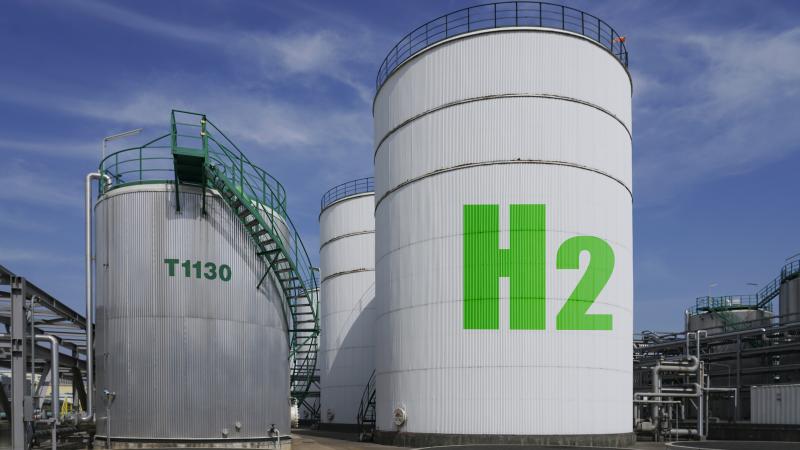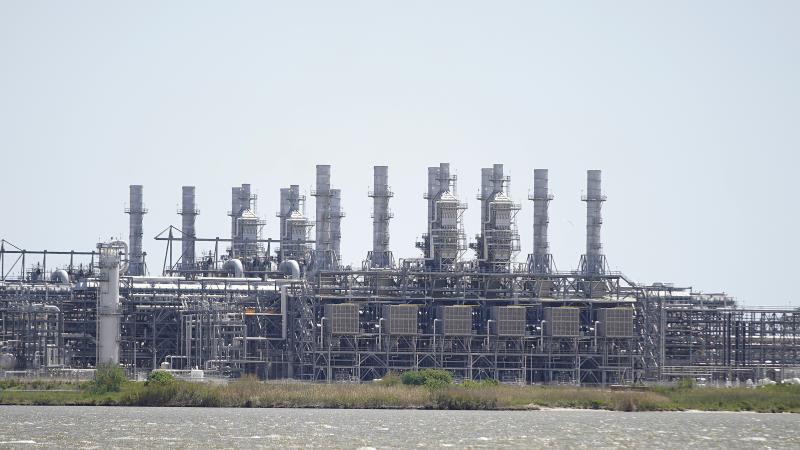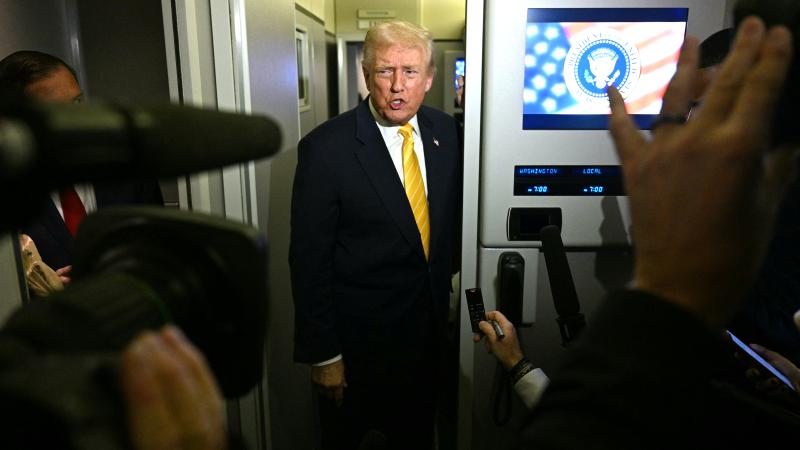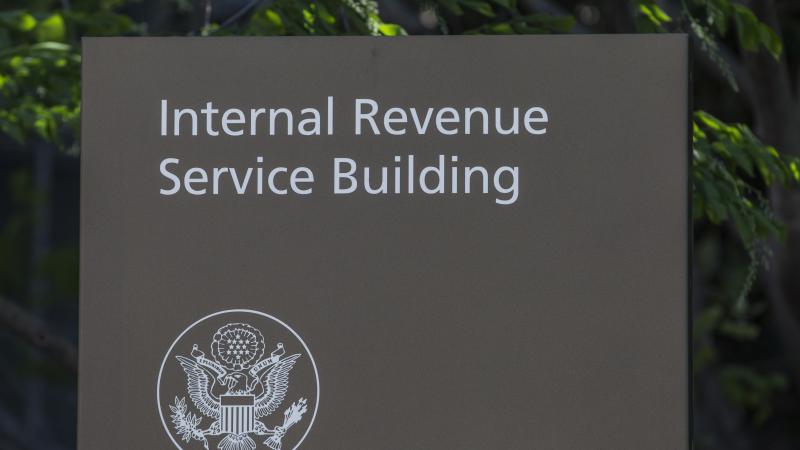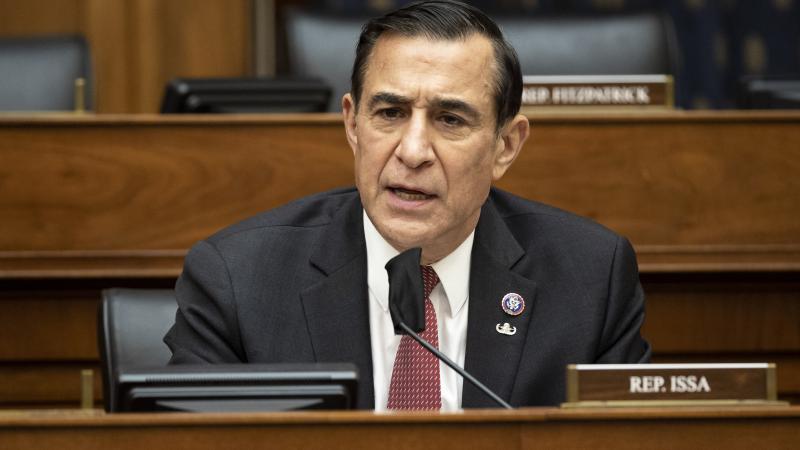Experts warn House Energy Committee that closing fossil fuel plants drives grid reliability crisis
During the hearing, Democrats on the committee blamed the heightened risk of blackouts on the Trump administration’s funding freeze for renewable energy projects, the firing of federal employees, and the moratorium on offshore wind lease sales.
A panel of witnesses representing the nation’s grid operators testified at a subcommittee hearing of the House Energy and Commerce Committee on Tuesday that the U.S. electricity supply is facing a reliability crisis. The primary reason for this problem, the experts said, is the rapid retirement of reliable generators powered by fossil fuels. As electricity demand increases in the coming years, they warned, this problem could get worse.
Seasonal and long-term assessments of grid reliability by the North American Electric Reliability Corporation (NERC), a grid watchdog, have been warning for years of the potential for blackouts and brownouts as a result of what's called resource inadequacy, which is where the supply of electricity isn't able to meet demand. The reports show that during normal periods of demand, the supply is adequate, but the grid runs into problems during peak demand periods of extreme heat or cold.
While the experts on the panel mostly blamed rapid retirements of thermal power generators, which include coal and natural gas-fired power plants, Democrats on the committee, instead, focused primarily on the Trump administration’s firing of federal employees, the moratorium on offshore wind lease sales, and threats to funding for renewable energy projects are causing the problem.
Renewables and reliability
Citing data from the NERC, Rep. Bob Latta, R-Ohio, chair of the committee, said that 52 gigawatts of generation will retire in the next four years. He said that’s the equivalent of 40 nuclear power plants or 500 square miles of solar panels. Meanwhile, Latta said, many of the projects waiting to come online are intermittent resources or battery storage facilities.
“We know that renewables are not a one-on-one replacement for dispatchable base load power that is essential for reliability and provides thinning reserves needed to stabilize the system through fluctuation. It is not clear that the pace at which baseload generation is coming online will bridge the gap of retiring supply and meet increasing demands over the next few short years,” Latta said.
Rep. Kathy Castor, D-Fla., ranking member of the energy subcommittee, said that while she was pleased that the committee was focusing on strengthening the grid, the “hearing ignores the damage being done by the Trump administration to reliable, affordable energy.”
Castor said that solar, wind and batteries are the cheapest ways to add energy supply to the grid and are driving energy costs down. Castor didn’t cite any figures for the claim, but data from the Bureau of Labor Statistics shows that the average price per kilowatt-hour in urban areas of the U.S. has increased in the past five years. Grid experts say that, while the fuel for wind and solar farms is free, the costs associated with the intermittency of wind and solar power makes these generators the most expensive forms of energy.
Castor said that Trump’s freezing of taxpayer funding to these supposedly cheaper generators was preventing the industries’ growth, which she said would help address the electricity generation shortfalls.
“The early Trump shutdown of grants and loans halted electricity and grid projects, causing chaos and additional costs for co-ops and power producers and ultimately, consumers,” Castor said. She also said that the “illegal layoffs of energy experts” at federal agencies, as well as Trump’s tariffs, which impact the electricity trade between Canada and the U.S., were furthering the nation’s grid problems.
Manu Asthana, president and CEO of PJM Interconnections, said there were three notable trends that concern PJM, which provides power to 67 million people across 13 states and the District of Columbia. The first, he said, is the retirement of dispatchable power, which is on-demand electricity generators such as coal and natural gas-fired power plants. These retirements, he said, are often driven by state and federal regulations. Another problem, Asthana said, is that the interconnection queue, which is a collection of power generation and transmission projects requesting to connect to the power grid, is made up of intermittent wind and solar power.
“These generators play an important role on the grid, and we want them. We want them to come online. But they are not a one-for-one substitute for the machines that they are replacing,” Asthana explained.
Lastly, he said, electrical demand, driven primarily by data center growth, is rising. “It adds up to increased reliability risk and higher prices, and we're seeing this across large parts of our country. This is not just a PJM phenomenon,” Asthana said.
The other witnesses on the panel were representing grid operators in other regions of the U.S. As with Asthana, they had similar remarks concerning the declining state of grid reliability in their regions, as well as its causes. Jennifer Curran, senior vice president for planning and operations for the Midcontinent Independent System Operator (MISO), which serves 45 million customers in 15 states, said the organization is policy neutral, but it’s not a disinterested observer.
Pallone: "Incredibly frustrated"
“We see rapid retirement of existing resources and significant growth of non-carbon-emitting resources, many of which do not have the same attributes in terms of duration of operation as those retiring resources,” she said.
Lanny Nickell, CEO of the Southwest Power Pool (SPP), which serves 18 million people across 14 states, said that the SPP has experienced significant growth in its summer and wintertime peak demands, and electricity use in the organization’s region grew 25% in the last decade. The SPP, he said, is forecasting peak demand to grow as much as 50% in the next decade as a result of AI data center loads.
“As consumption has grown, we have also witnessed a rapid shift from a more steady source of dispatchable generation to a more intermittent renewable, heavy generation mix. In other words, many aging coal and gas plants have been retired and replaced with wind generation in our region,” Nickell said.
Despite consistent comments about the problem of replacing dispatchable power generation retirements with intermittent wind and solar, Democrats on the committee blamed the Trump administration for the problem, arguing its policies are impeding the build out of wind and solar.
Rep. Frank Pallone, D-N.J., said that he is “incredibly frustrated” with how “PJM’s failures” are imposing rate increases on New Jersey families. These were, he said, a result of what happened with the organization’s capacity market auctions last summer, which hit record highs.
Meredith Angwin, a chemist and author of “Shorting The Grid” explained on her “The Electric Grandma” Substack that PJM’s ten-fold increase in capacity payments, which get passed onto ratepayers, was the result of supply and demand — increased demand from electrification, such as electric cars, the retirement of fossil fuel-fired power generation, and the slow pace of wind and solar project construction.
Pallone asked Asthana if he thought it was fair that families in the region saw their bills spike. Asthana pointed out that New Jersey imported 43% of the electricity the state’s residents consumed last year. The state had planned, he explained, to build offshore wind from 2018, which PJM tried to help with. However, none of it has been built.
“The Trump administration is doing whatever they can to stop any kind of offshore wind,” Pallone replied, referring to Trump’s moratorium on offshore wind lease sales.
Jennifer McClellan, D-Va., discussed how the 2022 Winter Storm Elliott resulted in 100,000 people in the Commonwealth and another 1.5 million in nearby states losing power. She attributed these outages to 40 gigawatts of coal and natural gas shutting down during the storm.
Asthana disputed the claim, saying that the outages weren’t because of gas power plants shutting down, but rather the icing and storm damage caused to local power lines. He said imports from New York helped the situation from getting much worse. When McClellan pressed him on whether more wind power would have reduced the outages, Asthana said it would have decreased imports from New York.
Regulatory rollback
Despite the committee Democrats calling for more intermittent wind and solar power, almost all the experts said keeping the existing dispatchable power from coal and natural gas plants was key to maintaining grid reliability and meeting future demand growth.
Federal regulators, according to E&E News, are considering a request from PJM to delay the retirement of two coal-fired power plants that were set to go offline this year. While utility customers will have to pay a $700 million surcharge to keep the plants running, PJM officials warn that without the power they supply, the risk of power outages impacting multiple states would grow.
The Trump administration has been pushing to revive the coal industry and expand natural gas generators in the U.S. Earlier this month, Environmental Protection Agency Administrator Lee Zeldin announced that the agency was reviewing 31 regulations, many of which were rolled out during the Biden-Harris administration. Among them is what’s often referred to as the "Clean Power Plant 2.0 rule," which requires carbon capture on existing coal plants and future natural gas plants.
The rule, experts say, was likely to speed up the retirement of coal plants and discourage investment in new natural gas plants, furthering the grid's reliability and affordability issues.
The Facts Inside Our Reporter's Notebook
Links
- subcommittee hearing of the House Energy and Commerce Committee
- Seasonal
- long-term assessments
- North American Electric Reliability Corporation
- data from the Bureau of Labor Statistics
- PJM Interconnections
- interconnection queue
- Southwest Power Pool
- capacity market auctions
- Meredith Angwin
- Shorting The Grid
- The Electric Grandma
- moratorium on offshore wind lease sales
- according to E&E News
- pushing to revive the coal industry
- reviewing 31 regulations
- likely to speed up the retirement of coal plants
